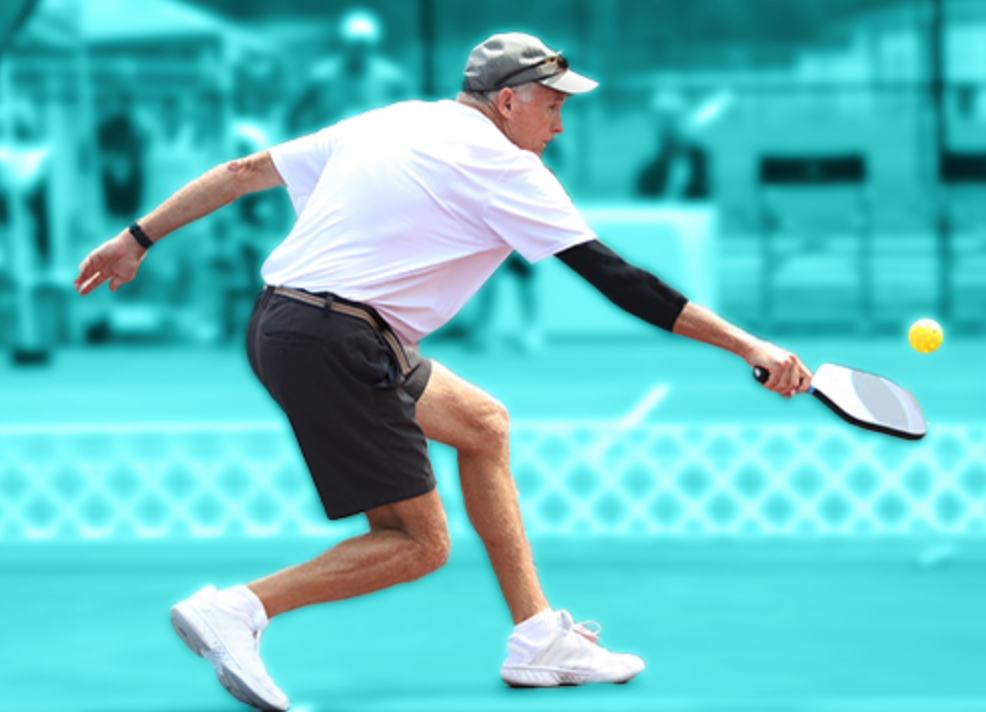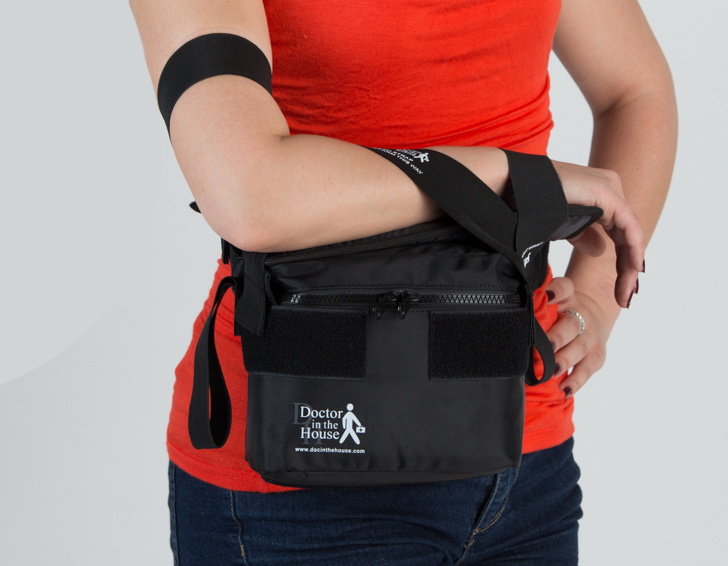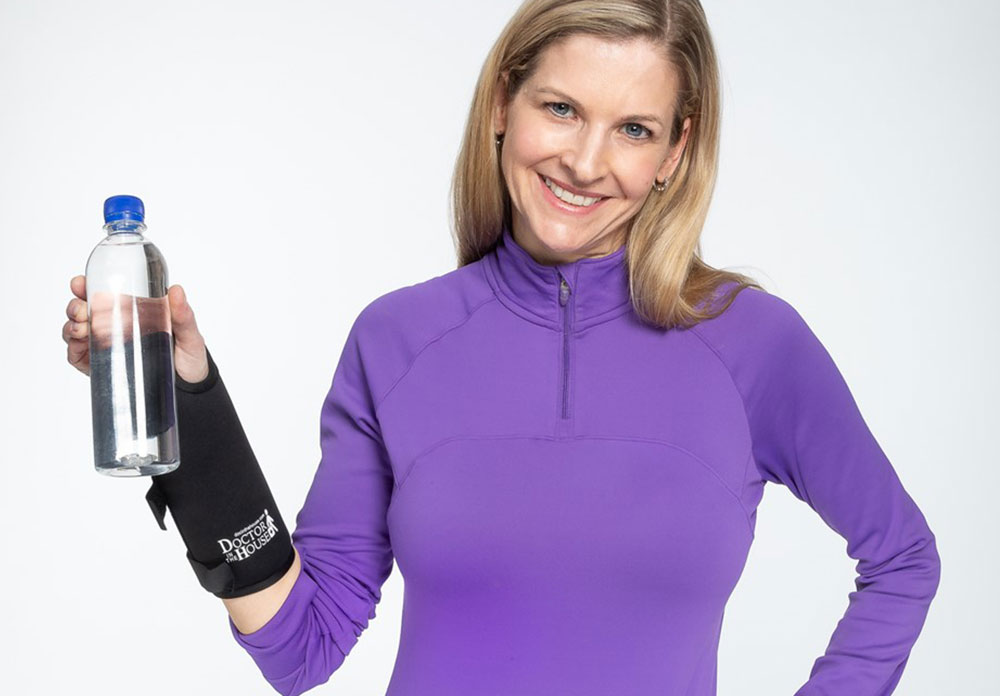





1. For starters, stretch before you play. Getting the body warmed up is good for any sport and is even more important for pickleball. Stretching arms, shoulders, lower back and especially your rotator cuff, achilles tendons, elbows, wrists, lower back and neck with flexion, extension and rotation exercises allows your body to be stretched out and not cold. Cold tendons do not like to aggressively and explosively stress or stretch. When this happens tearing can occur, either partial or complete. This problem is most common at the rotator cuff and achilles tendon.
2. Play the game as it was conceived, as a slower and more low-key form of tennis. Of course, many people who play games play competitively and I understand this. On the other hand, focus on form, placement shots and sometimes, let one go… it’s better than being out for 6 months in a sling, cast or boot – or worse, having surgery.
3. Exercise is supposed to be fun! Find a style that feels right for your body, makes you feel good afterward and something you see people doing in their 80’s and 90’s… this tells us something. Consider Yoga, Tai Chi, walking, Pilates, stationary biking, treadmill or swimming – think non-pounding activities that do not put undue stress on the joints and ligaments of the body.
4. Lastly, consider this. Simply visualizing exercise while meditating has been shown to have almost 80% the effectiveness of actually doing it, so take it easy, have some fun and for goodness sake, be careful!


